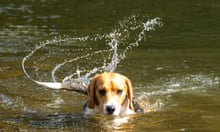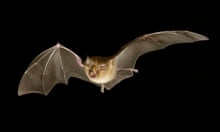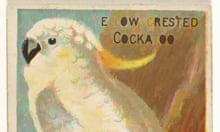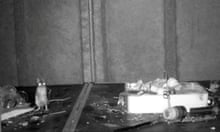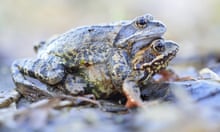A large, land-dwelling crustacean known as a coconut or robber crab has been seen hunting and killing a seabird, the first time such behaviour has been observed in the species.
The phenomenon was witnessed by a researcher, Mark Laidre of Dartmouth College, while he was studying the giant crabs in the remote Chagos Islands in the Indian Ocean, New Scientist reported.
According to Laidre, the crab climbed a tree and attacked the seabird in its nest situated on a branch close to the ground. The crab broke the bird’s wing, causing it to fall out of its nest and then took to the bird with its claws, breaking its other wing and leaving it incapacitated.
Once the bird was unable to move, other coconut crabs arrived and pulled the bird apart in scenes Laidre described as “pretty gruesome”.
Coconut crabs are the largest land-dwelling invertebrate. They can weigh up to 4kg and grow up to one metre wide. They are common in coral atolls across the Indian and Pacific Oceans and can be the largest animal in their environment.
The crab’s behaviour of actively hunting and killing a large, vertebrate animal has never been witnessed before and has significant implications for how the crabs may affect their island ecosystems.
Previously thought to be scavengers, Laidre’s discovery suggests the crabs may dominate their ecosystems and could discourage other animals, particularly seabirds, from inhabiting islands where they would be forced to nest on the ground.
Further research by Laidre goes some way to confirming this hypothesis. He conducted surveys that found that birds were less likely to live on islands where coconut crabs lived, and vice versa.
Whether this behaviour is a one-off or widespread remains to be seen. Laidre plans to set up remotely activated cameras at entrances to the crabs’ burrows to find out.


